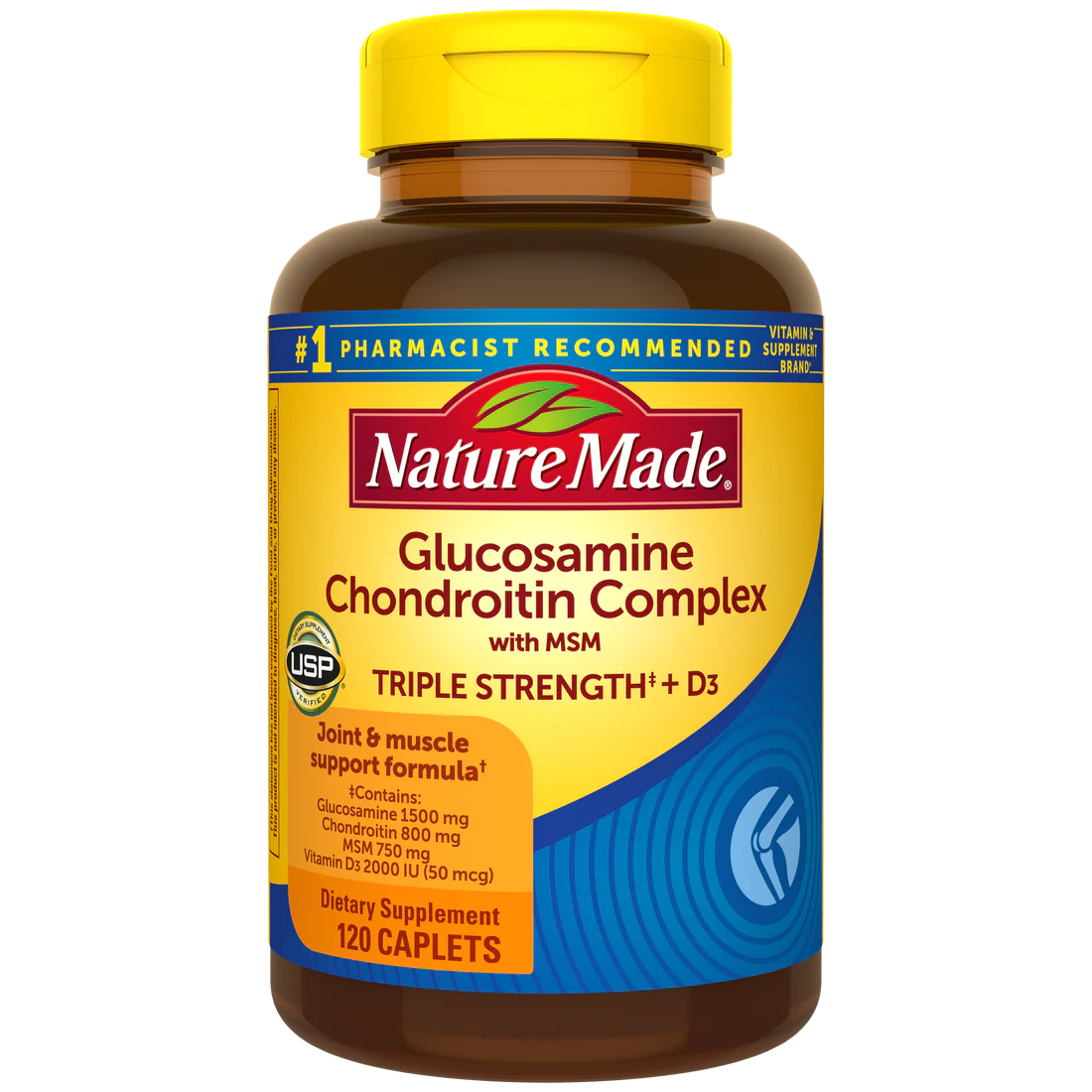 |
| Glucosamine may contribute to glaucoma development through modifying the optic nerve head extracellular matrix in a way that is less supportive of the retinal ganglion cell axons, thus increasing stress these axons must withstand over time. Click image to enlarge. |
Editor’s Note: As part of our “Year in Review” retrospective, we’ve selected the top 30 news stories of the year and are re-sharing them as we close out 2023. Follow along as we count down to number 1!
This story was originally published December 4, 2023.
No. 19 biggest news story of 2023:
Roughly 20% of middle-aged Americans are believed to routinely take dietary supplements containing glucosamine in hopes of relieving pain from arthritic diseases. Though generally considered safe, one observation seen with the drug’s long-term use has been increased intraocular pressure (IOP). Researchers of a recent study examined three different online databases to evaluate just how prominent the relationship is between glucosamine to IOP and glaucoma.
From the UK Biobank, study researchers were able to determine glucosamine was associated with increased corneal-compensated IOP, both in patients with and without glaucoma. There was no association with glucosamine and IOP in those with a glaucoma diagnosis in the UK Biobank data.
Using an FDA database called MedWatch, 0.21% of individuals taking glucosamine reported glaucoma, while 0.29% and 0.22% using budesonide or fluticasone reported the disease, respectively. These drugs were included for comparison because of their associations with increased IOP as well. Starkly, only 0.08% of patients using other drugs reported glaucoma, a distinction that is significant.
Finally, data from a Finnish database revealed a significantly increased risk for primary open-angle glaucoma in patients using glucosamine prior to diagnosis. Using this resource’s pre- and post-disease data, glucosamine use was shown to increase glaucoma development risk up to 15 years later.
The authors describe, in their paper for Journal of Glaucoma, that the effect of glucosamine supplementation on IOP is relatively small (~2mm to 3mm Hg) in those with unknown glaucoma status, but it is unclear whether it is clinically significant at an individual level. They do argue, however, that glucosamine effects on IOP may be clinically significant at the population level due to such widespread use—osteoarthritis is the most common joint disorder in the US and glaucoma is the second leading cause of blindness behind cataracts.
The authors explain that glucosamine may affect non-glaucomatous patients by activating certain pathways at higher doses, which are pro-fibrotic, with their local activation in the outflow pathways potentially accounting for a small yet significant IOP increase. Conversely, lack of significant IOP increase in those with glaucoma suggests these pathways are already activated and that there may be a limit to the extent of the pro-fibrotic effect of glucosamine.
Due to the induction of a profibrotic state in the outflow pathways, non-glaucoma patients may over time experience increases in IOP, at lease in a smaller subset of patients with a specific genetic predisposition. The rate of glaucoma with glucosamine was similar to that of corticosteroids budesonide and fluticasone. Chronic use of these steroids is also known for raising glaucoma development risk through elevated IOP, but with steroid response seeming to be genetically determined to an extent.
Due to the unconfirmed relationship the drug has with the disease, the authors “suggest that until questions on a possible contributory role of glucosamine on the development of glaucoma are resolved it may be prudent for eyecare practitioners to specifically inquire about glucosamine use by their patients and consider counseling patients to discontinue glucosamine where appropriate.”
Lehrer S, Morello T, Karrasch C, Rheinstein PH, Danias J. Effect of glucosamine on intraocular pressure and risk of developing glaucoma. J Glaucoma. November 24, 2023. [Epub ahead of print]. |

